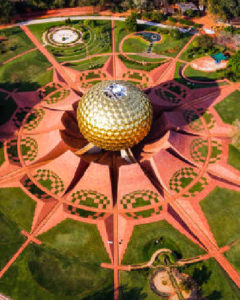- Home
- About us
- Destination
-
-
- Goa
Telangana

Andra Pradesh

- Tour Packages
- Car Rental
- Contact
Dutch Palace
Dutch Palace From Kochi

- History
The Mattancherry Palace, commonly known as the Dutch Palace, is located in Mattancherry, Kochi, and stands as a remarkable example of colonial architecture. Originally built by the Portuguese around 1555, it features stunning Kerala murals that beautifully illustrate Hindu temple art, alongside portraits and exhibits of the Rajas of Kochi. The palace was gifted to the Cochin king as a gesture of goodwill after a temple was plundered and underwent extensive renovations by the Dutch in 1663, which is why it is often referred to as the Dutch Palace.
Today, the palace serves as a portrait gallery that highlights the history of the Cochin Rajas and is celebrated for its exquisite mythological murals, deeply rooted in Hindu temple traditions. Each mural tells a story, showcasing the artistic heritage of the region, while the palace itself remains a significant cultural landmark, attracting visitors who are eager to explore Kochi’s rich historical tapestry.
- Why Special?
A key highlight of the Mattancherry Palace is its housing of the Pazhayannur Bhagavathi, the revered deity of the royal family. The palace is an impressive example of traditional architecture, built around a central courtyard in the Nalukettu style, which enchants visitors with its graceful design.
Renowned for its stunning murals, the palace depicts significant scenes from Indian epics such as the Mahabharata and Ramayana, along with images of revered Hindu deities like Guruvayurappan (Lord Krishna). Additionally, the palace features life-sized portraits tracing the royal lineage since 1864, along with an array of regal artifacts, including coins minted by the Cochin kings, ceremonial swords, and other historical weapons, all of which enrich the cultural legacy of this remarkable site.
- Visiting Information
- Hours: 10 AM to 5 PM daily,Cameras: Prohibited.
- Closed on Fridays & National holidays.
- Way to Reach
- Ernakulam Bus Station is the nearest bus station to the Dutch Palace Kochi which is situated at a distance of 11.4 Km.
- Ernakulam Railway Station is the nearest railway station to the Dutch Palace Kochi which is situated at a distance of 10 Km.
- Cochin International Airport is the nearest airport to the Dutch Palace Kochi which is situated at a distance of 40.9 Km.




